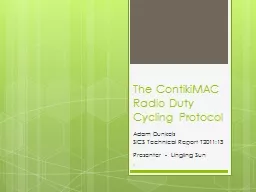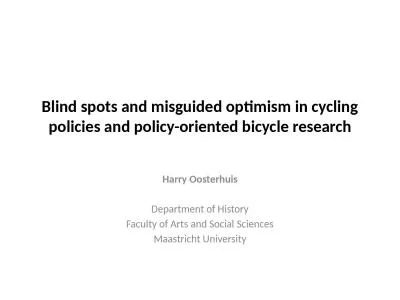PPT-The ContikiMAC Radio Duty Cycling Protocol
Author : celsa-spraggs | Published Date : 2018-11-08
Adam Dunkels SICS Technical Report T201113 Presenter Lingling Sun 1 Outline Introduction ContikiMAC Mechanism Implementation of ContikiMAC Evaluates of E
Presentation Embed Code
Download Presentation
Download Presentation The PPT/PDF document "The ContikiMAC Radio Duty Cycling Prot..." is the property of its rightful owner. Permission is granted to download and print the materials on this website for personal, non-commercial use only, and to display it on your personal computer provided you do not modify the materials and that you retain all copyright notices contained in the materials. By downloading content from our website, you accept the terms of this agreement.
The ContikiMAC Radio Duty Cycling Protocol: Transcript
Download Rules Of Document
"The ContikiMAC Radio Duty Cycling Protocol"The content belongs to its owner. You may download and print it for personal use, without modification, and keep all copyright notices. By downloading, you agree to these terms.
Related Documents














